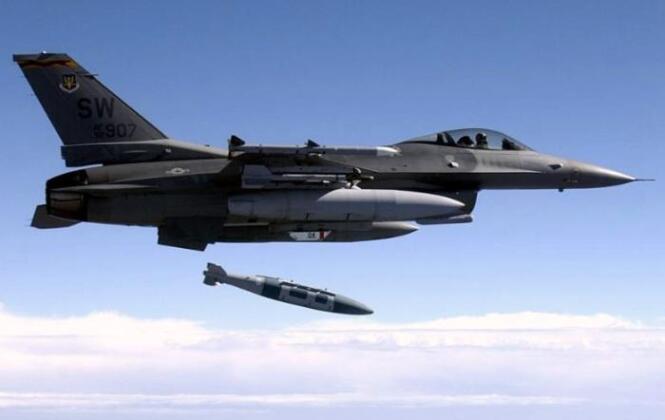Russian Foreign Minister Sergei Lavrov has warned that his country has to bear in mind that F-16 fighters, which the West is set to deliver to Ukraine, were designed with a nuclear strike capability. “Anything can be expected from the leaders of the U.S. and other Western countries. They are already proving this when, following advanced long-range weapons and tanks, they are now seriously preparing F-16s. Some people say two squadrons are set to be transferred, others say there will be eight. They are preparing to continue to escalate the war that was unleashed against us,” he stated. He added regarding the F-16s that: “There is a lot of talk about where these planes will take off from. Our armed forces and the General Staff of the Russian Armed Forces understand this perfectly and report it to the supreme commander-in-chief. We must keep in mind that one of the modifications of the F-16 has the capability to deliver nuclear weapons. If they do not understand this, then they are worthless as military strategists and planners.” The Foreign Minister’s statements coincide with those from Ukrainian Defence Minister Alexey Reznikov confirming that F-16s will not be able to contribute to offensives which Kiev recently initiated against Russian positions.

Lavrov’s comments on the F-16s come as Ukrainian and allied Polish militia forces have launched significant incursions into Russian territory, with missile and drone strikes from Ukraine having expanded the scope of the war further eastwards. The F-16 is a single engine lightweight fourth generation fighter which first entered service in the U.S. Air Force in 1978, and which the Pentagon ceased acquisitions of 18 years ago in 2005 with the fleet beginning to downsize in 2010. The aircraft, and particularly the basic Cold War variants with mechanically scanned array radars which Ukraine is expected to receive, are considered obsolete for high intensity engagements which has raised serious questions regarding their effectiveness, and possible reputational loss, should they be deployed in Ukraine. The United States was initially reluctant to provide the fighters, before amending its position in late May under considerable European pressure. The F-16 and its successor the F-35 are designed to be capable of launching nuclear strikes, usually using B61 tactical warheads, with F-16 units deployed by America’s European allies Belgium and the Netherlands notably also training to employ nuclear weapons as part of nuclear sharing agreements with the United States. Russia has in the past repeatedly warned that Ukraine could attempt to reacquire nuclear weapons, or short of that a dirty bomb, citing statements from multiple Ukrainian officials indicating such intentions.
